MOD Devices’ open-source pedals play a different tune
Berlin-based Mod Devices creates a new generation of multipurpose audio tools

Amos Fricke - Photography
Our tech landscape may be dominated by carefully manicured walled gardens overseen by zealous tech titans, but at the coalface of creative tinkering, restrictions are the death of innovation. The future of sound is open source. The Berlin-based Mod Devices subscribes to the ethos that systems should be open to those with the time and skills to make a change. Mod builds effects processors for musicians of all stripes, with each device a building block for an unlimited sonic world. In layman’s terms, its digital boxes sit between instrument and amplifier, allowing players to layer different effects in infinite numbers of ways, as well as create their own.
‘I play the guitar and have tinkered with computers since 1990,’ says Gianfranco Ceccolini, who set up Mod Devices in Brazil in 2014. ‘When the first digital multi-effects units emerged in the 1990s, I tried many of them and was disappointed. They might have been digital, but the products were still very analogue, with pre-defined functions and no way to reprogramme them.’ Ceccolini’s dream was a processor that could run his own software.
Mod’s first product was the Quadra, a compact box aimed primarily at guitarists and bass players that wanted convenience and flexibility in one small package. Today, the company is 13-strong and has three core products, the Duo, Duo X and the new Dwarf, along with a burgeoning range of accessories. Half the workforce is based in Berlin’s House of Music, a former train depot that’s home to a number of music tech firms, while the rest work remotely around the world. Mod’s devices come to life when connected to a computer. Using a skeuomorphic interface, users build up complex chains of effects from around 400 options, from delays and reverbs through to synthesisers and sequencers. The resulting virtual ensemble, or pedalboard, is saved into the pedal, which can be used as a standalone device away from the computer, with a variety of ways to tweak and shape the sounds.
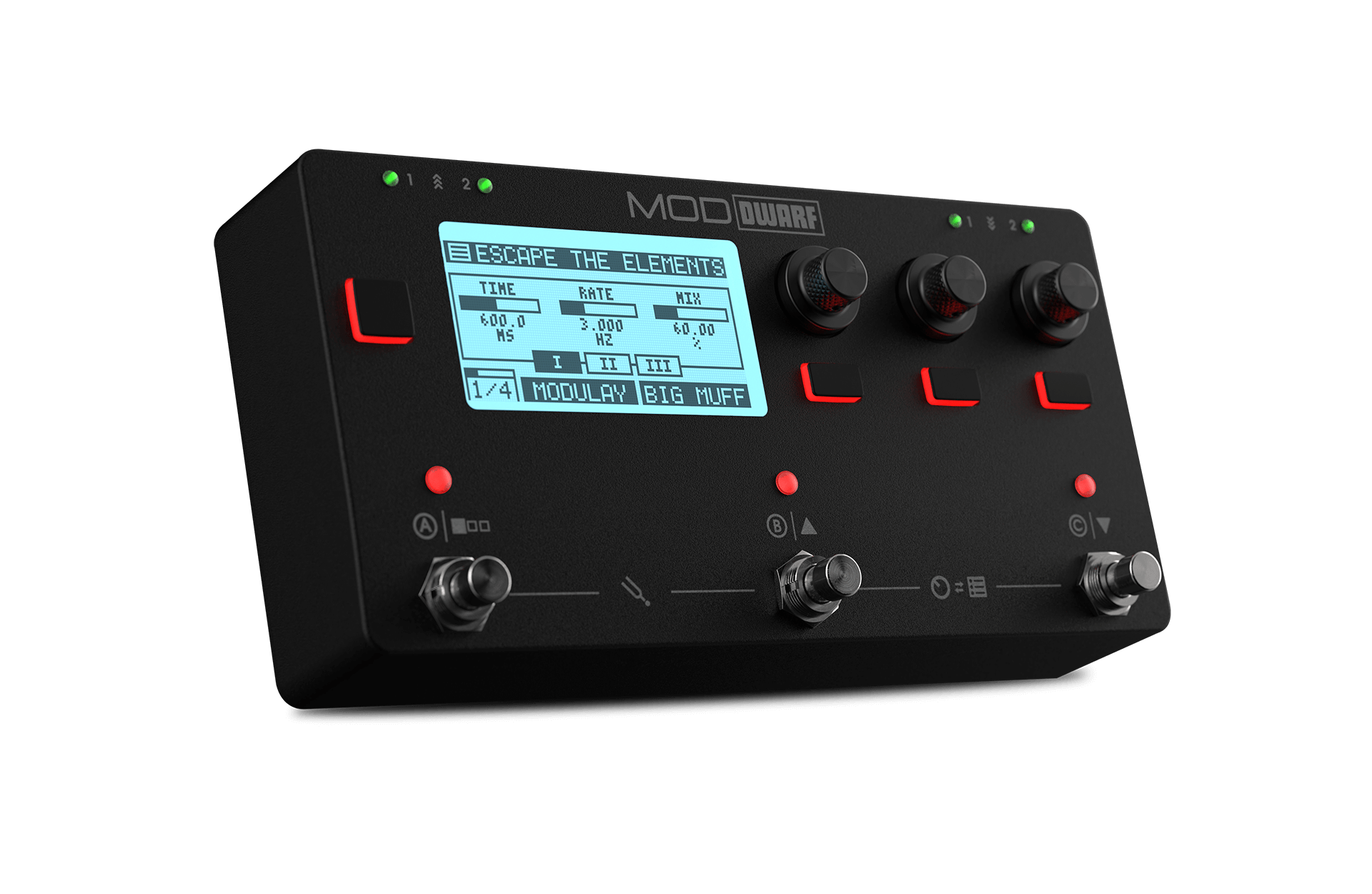
The Dwarf is a rugged, all-metal unit designed for simplicity on stage and flexibility in the studio
Mod’s industrial and graphic design ethos grew out of its ‘off-the-shelf’ approach, bringing together high-quality components with a Braun-like simplicity. ‘We’re highly driven by function,’ says Ceccolini. ‘I believe this is what makes our products so minimalistic compared to what they offer in terms of features. Ruggedness and durability are also important, because a musician needs to trust their equipment absolutely. In some ways, making hardware has never been so easy,’ he adds. ‘3D printing, fast prototyping and low-volume production are all accessible realities.’
To date, Mod has crowdfunded its prototypes, building up a buzz before selling through selected dealers. ‘We’re essentially a new segment for musical instruments, standing between traditional self-contained devices and laptops,’ says Ceccolini. ‘In the future, more and more creative people will be able to use technology that was designed with a very specific use in mind. Our purpose is to enable anyone to achieve any sound in any musical context.
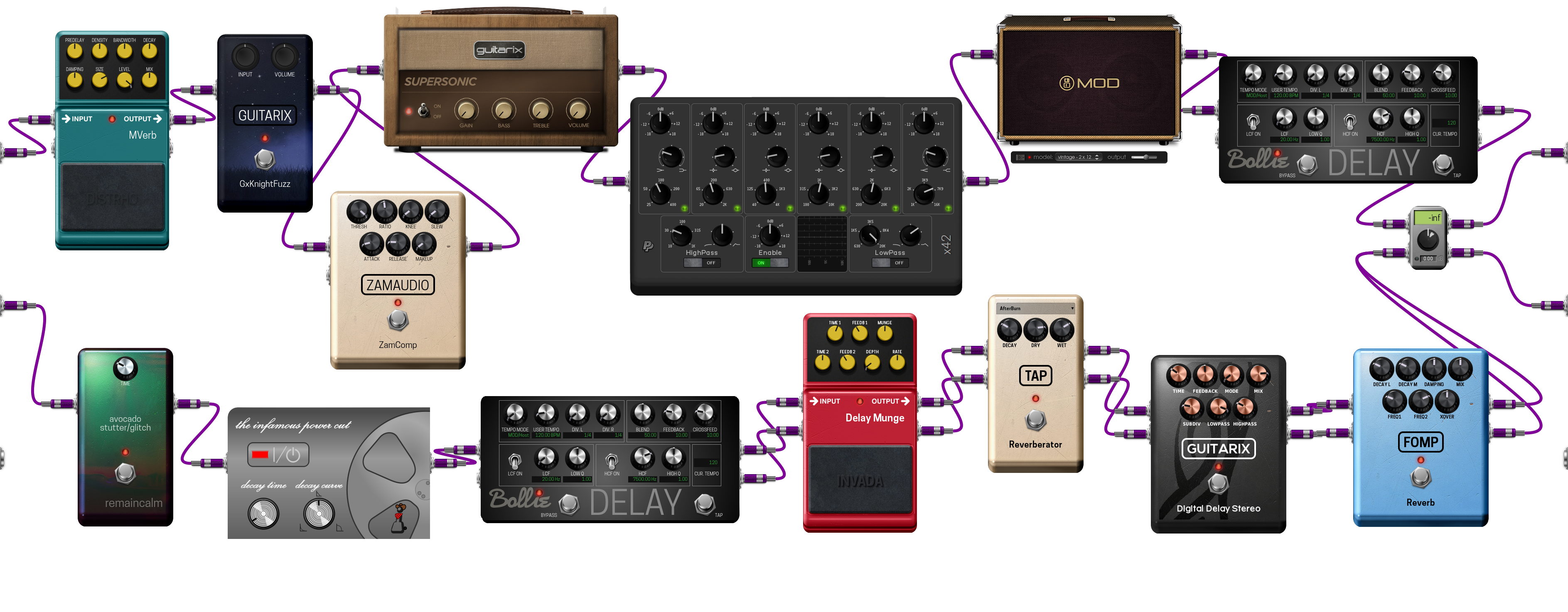
A typical MOD Dwarf virtual pedalboard: unlimited sounds can be created by connecting over 400 different plugins
INFORMATION
Receive our daily digest of inspiration, escapism and design stories from around the world direct to your inbox.
Jonathan Bell has written for Wallpaper* magazine since 1999, covering everything from architecture and transport design to books, tech and graphic design. He is now the magazine’s Transport and Technology Editor. Jonathan has written and edited 15 books, including Concept Car Design, 21st Century House, and The New Modern House. He is also the host of Wallpaper’s first podcast.
-
 This cult Los Angeles pop-up restaurant now has a permanent address
This cult Los Angeles pop-up restaurant now has a permanent addressChef Brian Baik’s Corridor 109 makes its permanent debut in Melrose Hill. No surprise, it's now one of the hardest tables in town to book
-
 French bistro restaurant Maset channels the ease of the Mediterranean in London
French bistro restaurant Maset channels the ease of the Mediterranean in LondonThis Marylebone restaurant is shaped by the coastal flavours, materials and rhythms of southern France
-
 How ethical is Google Street View, asks Jon Rafman in Copenhagen
How ethical is Google Street View, asks Jon Rafman in CopenhagenIn 'Report a Concern - the Nine Eyes Archives' at Louisiana Museum of Art, Copenhagen, Jon Rafman considers technology's existential implications
-
 Inspired by a pebble, the stylish new Alma charger provides pocketable convenience
Inspired by a pebble, the stylish new Alma charger provides pocketable convenienceWhat if technology could quietly allay anxiety and not cause it? That’s the pitch behind new luxury accessories company Addition, starting with its new Alma wireless charger
-
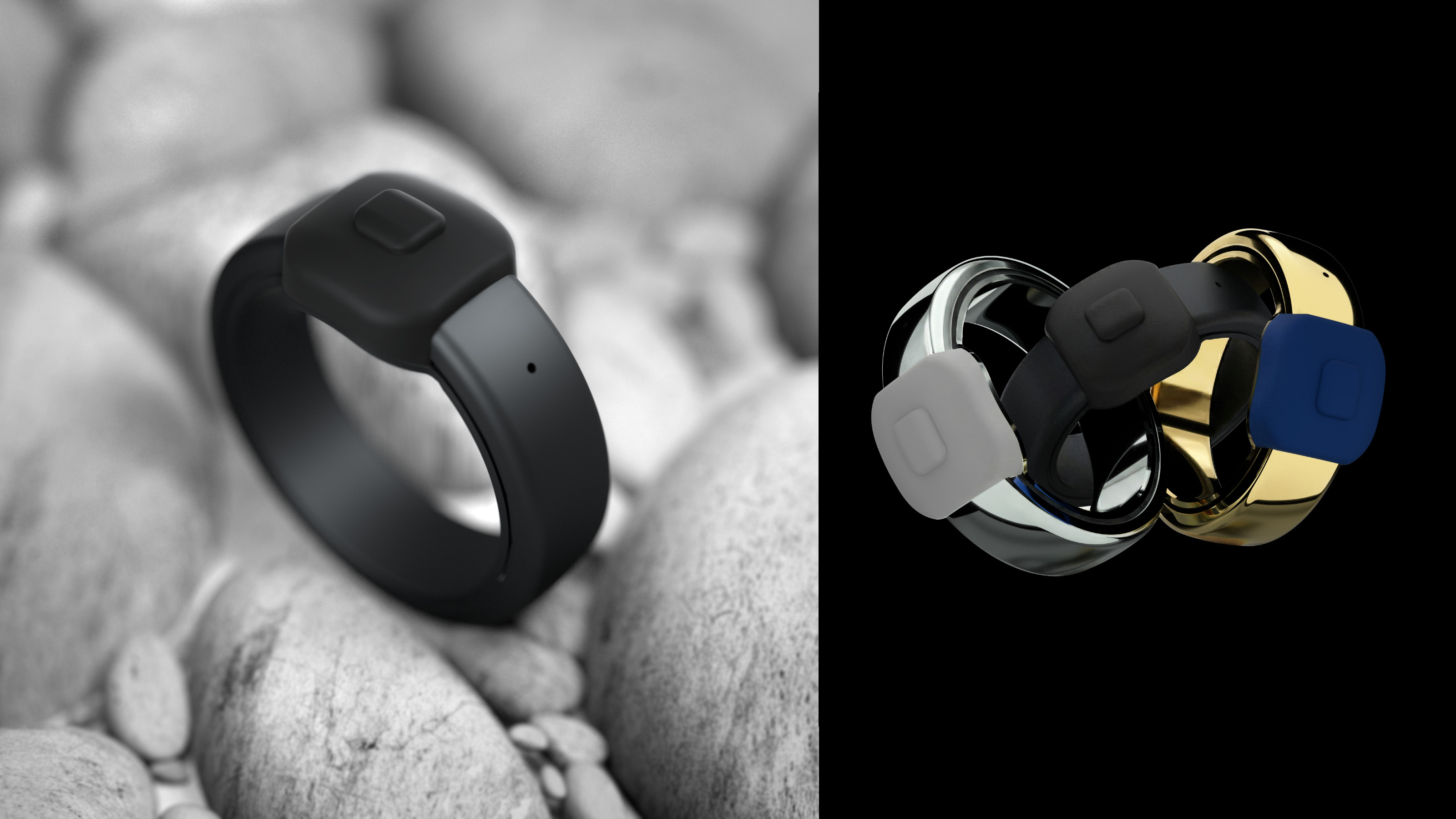 The ring’s the thing as Pebble launches a discreet device for memo-taking, Index Ring 01
The ring’s the thing as Pebble launches a discreet device for memo-taking, Index Ring 01A tiny device with a singular purpose but limitless applications, the Pebble Index 01 is a customisable smart ring for turning mental notes into text
-
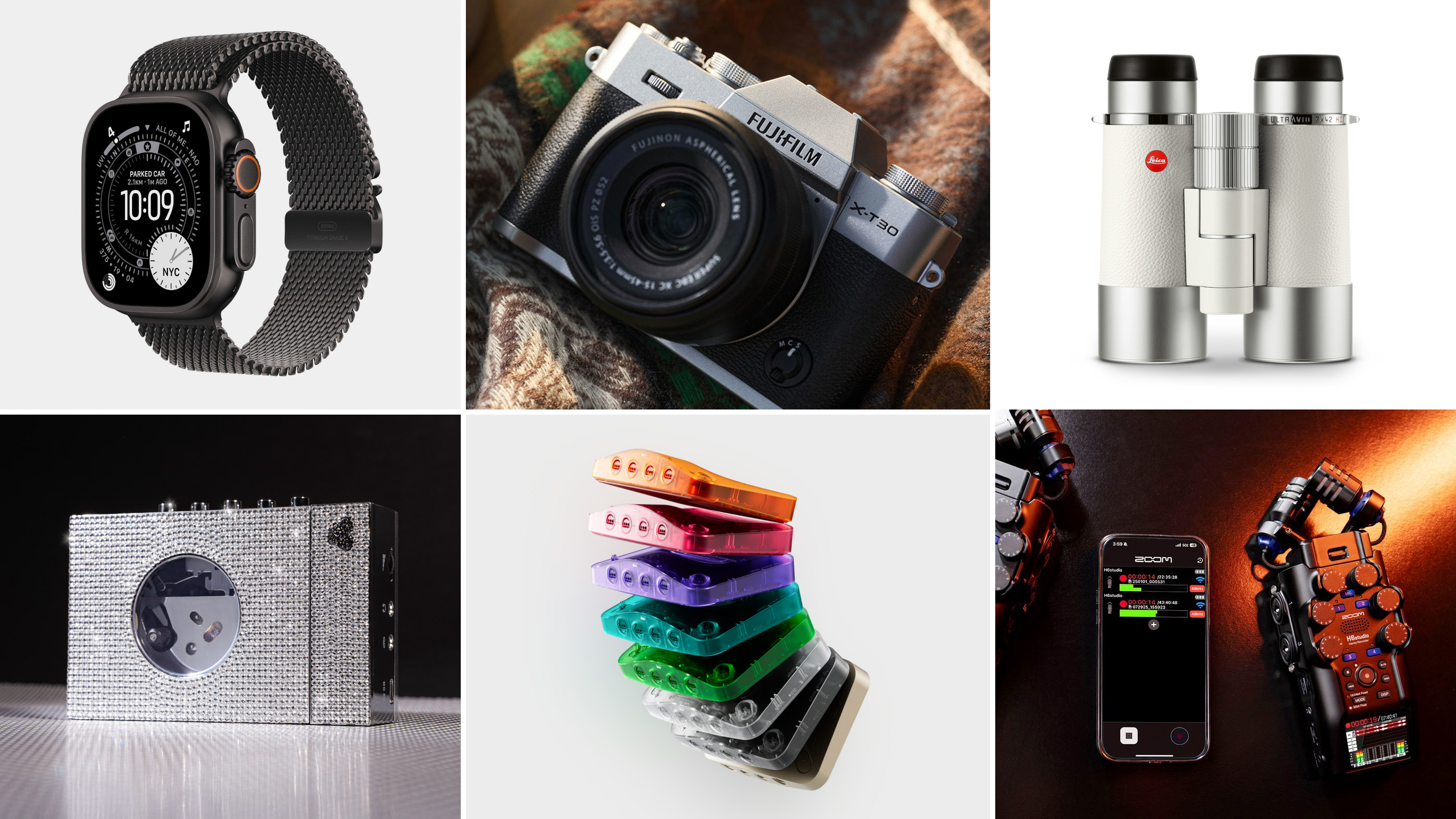 Tech gift ideas: Wallpaper’s Jonathan Bell lists 12 devices to desire this festive season
Tech gift ideas: Wallpaper’s Jonathan Bell lists 12 devices to desire this festive seasonTechnology editor Jonathan Bell delves into the best new releases and most giftable gadgets from 2025, offering up personal favourites as well as a few big hints
-
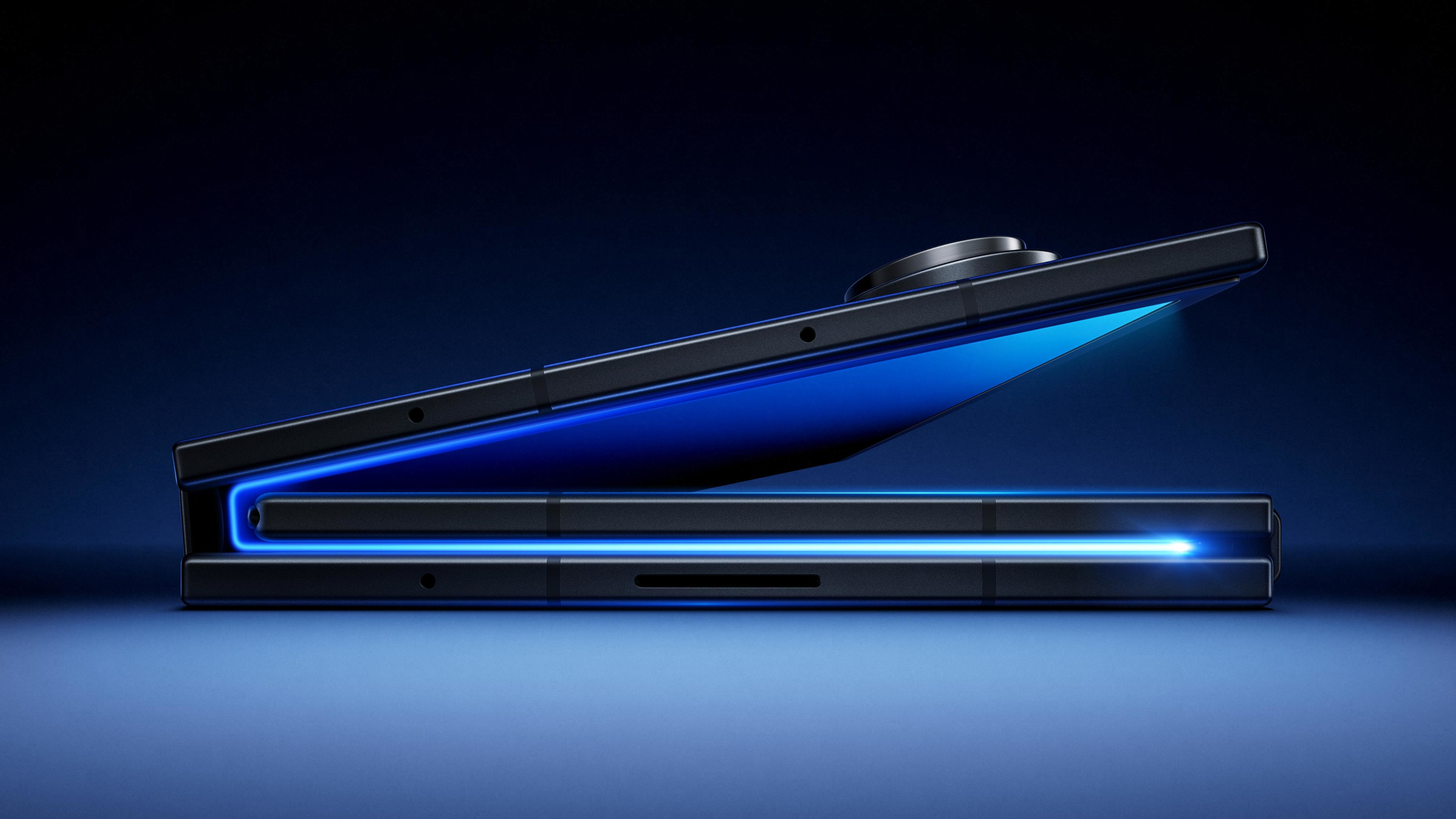 Samsung Galaxy Z TriFold is a pocket tablet that takes folding screens to new extremes
Samsung Galaxy Z TriFold is a pocket tablet that takes folding screens to new extremesSamsung has announced its newest flagship device, the Galaxy Z TriFold. Featuring three folding screens, this ultimate smartphone can transform into a ten-inch tablet
-
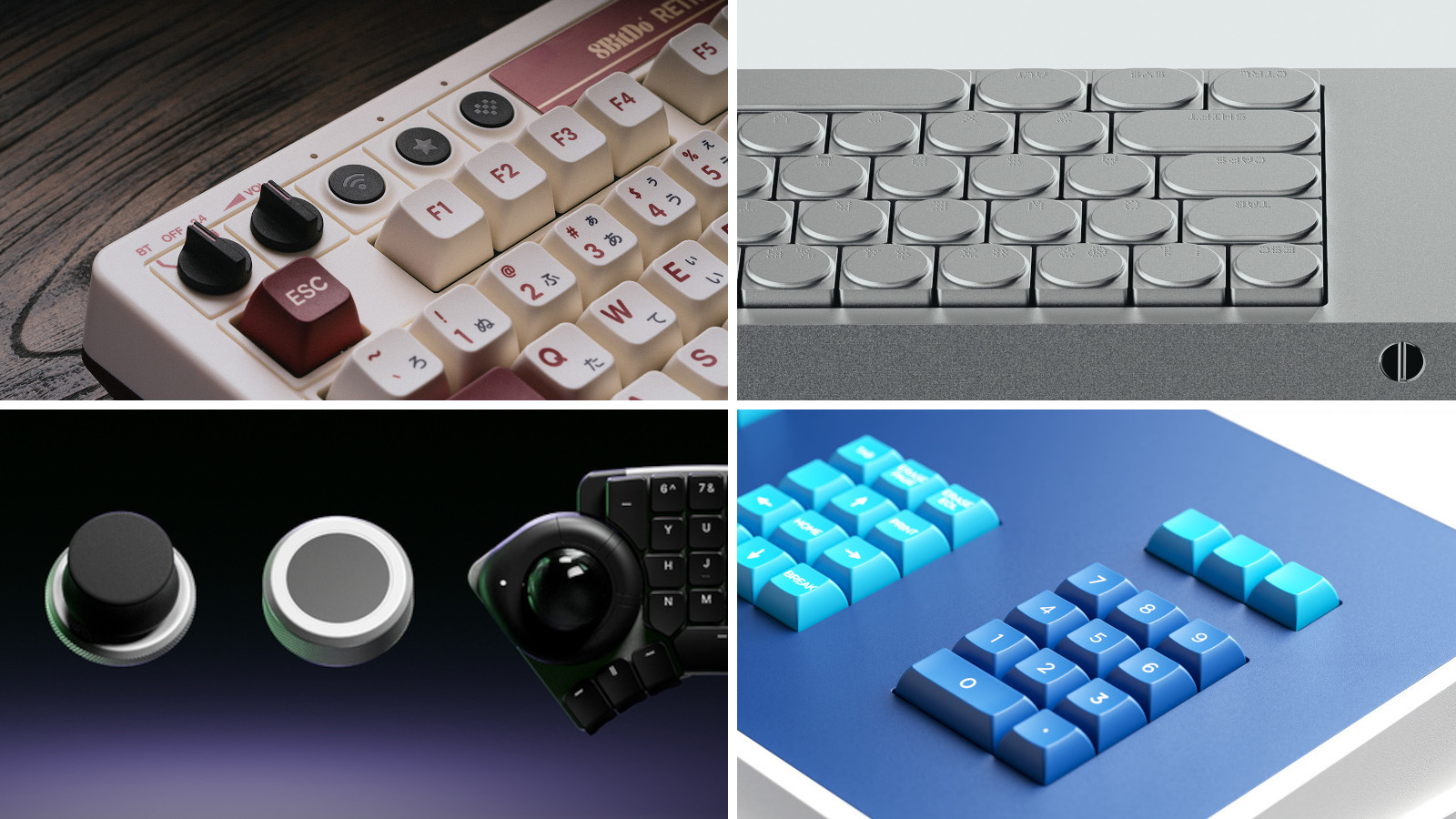 Four new keyboards are fresh and functional desktop companions
Four new keyboards are fresh and functional desktop companionsMechanical keyboards are all the rage, bringing with them new ways of personalising your desktop. We’ve found four devices that hark back to the early days of computing
-
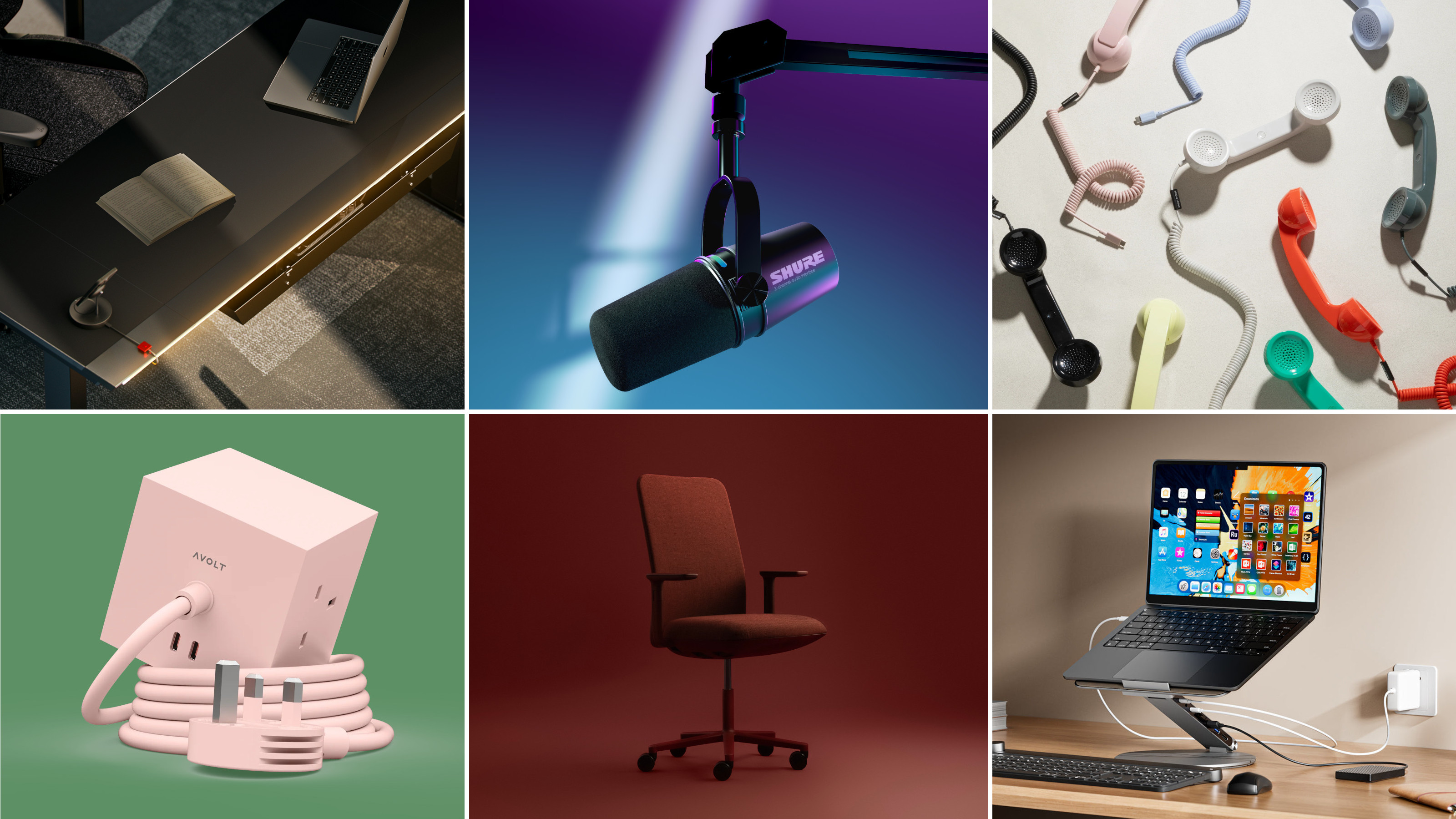 Hunker down in a perfectly equipped work-from-home hub this winter
Hunker down in a perfectly equipped work-from-home hub this winterIf your WFH set-up needs an upgrade, or if you need to kit out a new small business from scratch, we’ve got you covered
-
 New Leica Q3 Monochrom camera sees the world in black and white
New Leica Q3 Monochrom camera sees the world in black and whiteDefined by its crisp 60MP monochrome sensor, the Leica Q3 Monochrom is a camera designed for those who want to focus only on light, shadow and form
-
 Apple Watch Ultra 3 has innovation at its heart – a 3D-printed titanium case
Apple Watch Ultra 3 has innovation at its heart – a 3D-printed titanium caseWe delve into Apple’s pioneering use of 3D-printed metal, and how it ties in with the company’s path to carbon neutrality